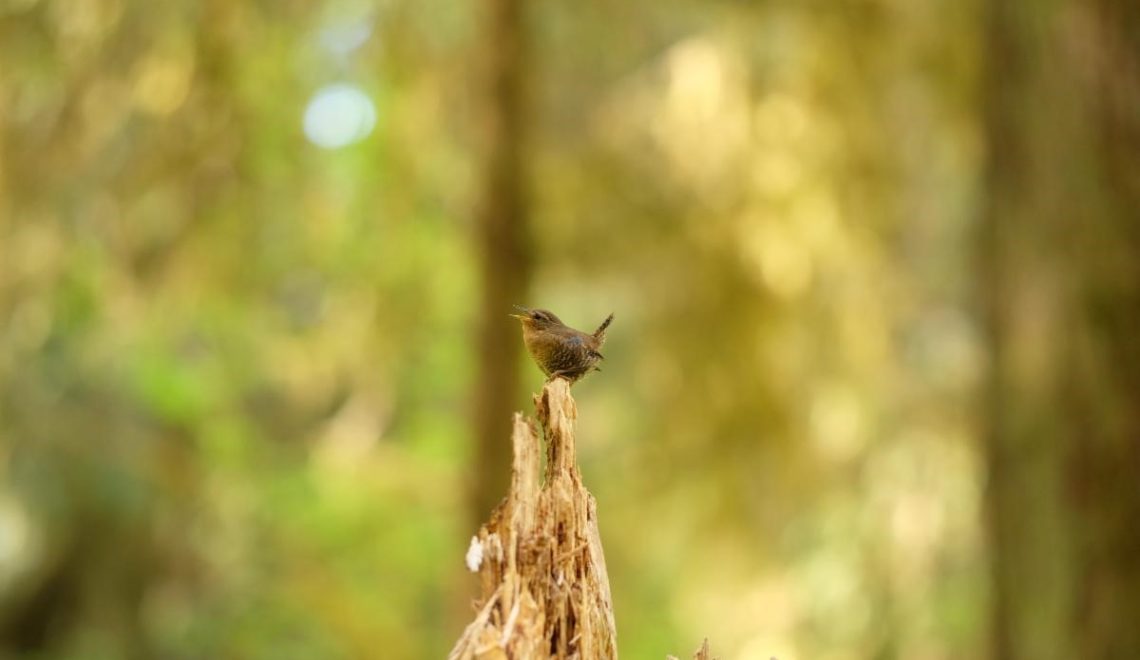
Sounds of Spring
Photo Credit: Dean Truderung
Tomorrow (3/20/21) marks the vernal equinox, the moment when the sun is directly above the equator, and day and night are equal in length. If we did not have a calendar to remind us the first day of spring was on its way, the escalating sounds from the bird world certainly would.
The increase in daylight triggers a rise in testosterone levels in male birds. This stimulates the region of the brain that controls song production and cues them it is time to sing.
Birds sing loud and proud to signal their good health in hopes of attracting a mate. Spring is the ideal season for songbirds to begin breeding as food becomes plentiful, and temperatures start to rise.
Right now, you can enjoy the sweet songs of our resident birds such as song sparrows, dark-eyed juncos, spotted towhees, and white-crowned sparrows. Getting a head start before competition for resources starts to heat up in the coming weeks, as the neo-tropical migratory songbirds return to their shared breeding grounds.
As spring progresses you will notice new songs, different birds adding to the chorus each day.
Try tuning in deeper to the dawn chorus this spring season by creating a sound map!
Sound mapping is a great way to stop, slow down, and really appreciate the chorus of natural sounds. Getting outside and simply noticing these sounds and how they change from day to day, will instill a greater awareness of your own surroundings and make you feel more connected to the natural phenomena happening all around you.
How do you do it? It is easy!
You will only need a piece of paper and something to write with. Start by making an X in the center of your paper. The X represents where you are sitting. The rest of the paper represents the area around you (you could add circles around your X as different markers of distance away from you, for example, the first circle includes the sounds you hear within 10 ft of you, the second circle is the area within 20 ft, and so on.) When you hear a sound, make a mark on the paper in the zone you heard it, to represent the sound. You could just make a simple mark, or you can try to “draw what you hear.”
Give yourself enough time being still to allow all the animals around you to become comfortable and resume their normal activities. After about 10 minutes ask yourself or your children…
– How many different sounds did you hear?
– Were any of the sounds familiar to you?
– Did you notice a sound you have never heard before? Try making a sound map once a week for the next month! See how the chorus changes throughout the month, how many new sounds can you add each week?

Did you know??
“The acoustic niche hypothesis predicts, in a mature ecosystem, species will avoid competition by singing at unique bandwidths, or pitches, at unique times. Therefore, no two species should sing simultaneously at the same frequency.”
Alison Ravenscraft Harvard College

